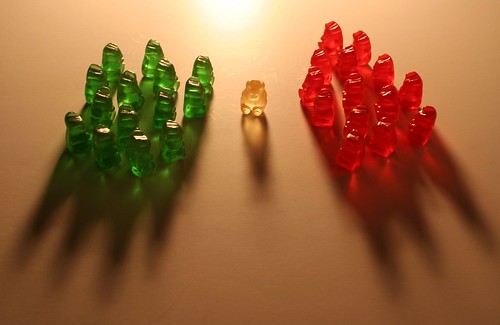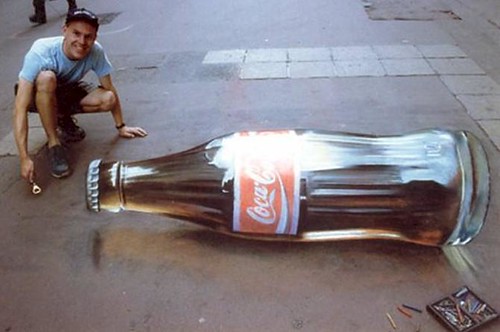First of all, think of Riddick. My sister can’t watch The Chronicles of Riddick enough; she thinks that it is so cool. Why? Because Riddick is so dog-gone tough! He can take out any obstacle, whether it is just one man or an entire army. Striding a few lines like Shaft, Riddick is both criminal and somewhat of a hero; he mostly looks out for himself, but he also shows hints of caring for others. Being in the middle ground can really take its toll. Both of these men are thrown into danger’s way to protect those who can’t look out for themselves. Now, Shaft is definitely more of a hero than Riddick because Shaft is defined on the justice side instead of the criminal side, but these two are hardened by the middle-ground. For Shaft, the racial tensions, criminal tensions, and lifestyle tensions force him to develop a think skin. He is made physically tough from his job fighting crime. After being shot several times, he is able to resolutely bounce up a few hours later to take vengeance and finish the job. He is also emotionally tough both from his social middle-ground and his job. He receives insults and jibes from both sides of classes and races because he doesn’t fully belong to one group, but this doesn’t bring Shaft down. No, he just jabs right back and puts those people in their place. Nothing brings Shaft down, he can always rise up.
While the middle-ground throws many daggers and forces the character to become tough, it also opens many doors that would otherwise be closed. Shaft is oftentimes the only answer to the racial or class problems in the movie. Since he can walk on both grounds, he is the only one who can keep the peace. To be the only solution to a problem, to be the only one who can get the job done, that is pretty cool! Another example of this coolness can be seen in Disney’s Pocahontas. Pocahontas is the only person who can make the white men and her people live together in harmony and the same goes for Shaft. Just imagine what would happen if these two characters weren’t around in their stories.











